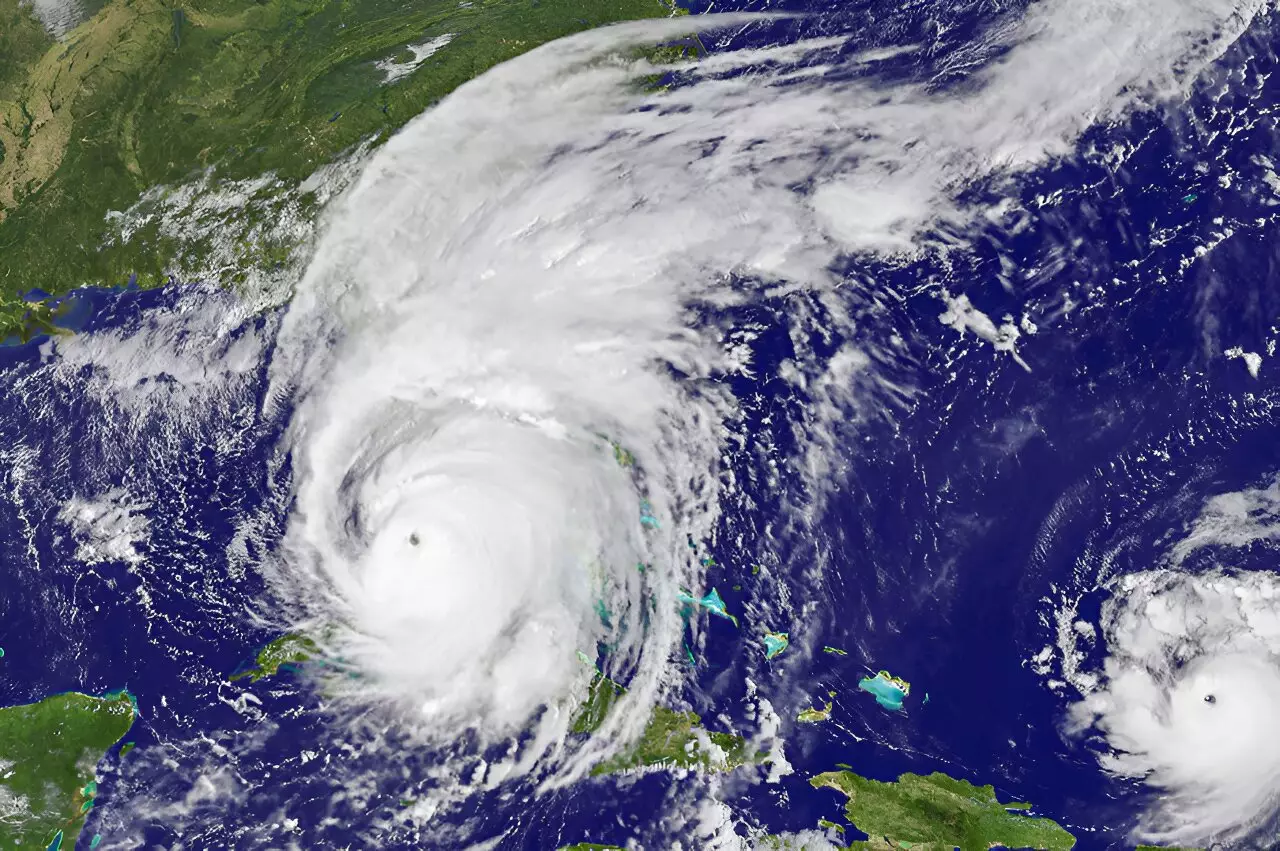On September 10, 2017, Hurricane Irma unleashed its fury on Florida, wreaking havoc across Miami-Dade County. The storm knocked out power for nearly 900,000 Florida Power and Light customers, disabled over 600 cell phone towers, and caused extensive flooding, particularly in areas like Coconut Grove and Matheson Hammock Park, where floodwaters climbed to a staggering six feet. While much attention is given to structural damages and recovery efforts, a less visible but equally concerning consequence of the hurricane emerged in the form of a dramatic spike in mosquito populations. This surge poses risks of vector-borne diseases, compounding the challenges residents face as they rebuild their lives.
A Surge in Mosquito Populations
In the aftermath of Hurricane Irma, researchers observed that conditions became unusually favorable for mosquito breeding. Factors such as warmer temperatures, increased humidity, and nutrient-rich floodwater created a perfect breeding ground for these pests. Imelda Moise, an associate professor at the University of Miami, led a study analyzing the implications of this mosquito boom. By evaluating mosquito data collected before and after the hurricane, the study aimed to understand how extreme weather events like hurricanes could sway mosquito ecology.
The findings were striking: during a four-week period following Hurricane Irma, mosquito captures surged dramatically, with 7.3 to 8 times more mosquitoes collected compared to the same timeframe in the years preceding and following the storm. Of the 32 species monitored, Culex nigripalpus emerged as the predominant mosquito, representing an astonishing 70.4% of all specimens collected. This species is particularly alarming due to its role as a significant vector for several diseases common in Florida.
Understanding the Dynamics of Mosquito Populations
Contrary to the initial belief that heavy rains could eliminate mosquito breeding sites, Moise’s research revealed that recovery of mosquito populations was rapid. Within just one week after the storm, populations rebounded, amplifying public health concerns. This phenomenon underscores the complex interaction between environmental changes brought about by extreme weather and the biological behaviors of mosquito species.
The study also highlighted variations in mosquito abundance based on trap types and locations, emphasizing the need for tailored public health strategies when responding to climate-induced public health threats. Understanding these intricate dynamics is essential for developing effective control measures and reducing future risks associated with mosquito-borne diseases.
The implications of Moise’s findings resonate beyond the immediate aftermath of the storm. As communities brace themselves for future hurricanes like Hurricane Helene—currently impacting the Florida coast—the urgency for awareness and preventive actions becomes paramount. Moise advocates that residents in areas impacted by hurricanes should heighten their vigilance against not only nuisance mosquitoes but also those that pose serious health threats, such as West Nile virus and Zika.
The research illustrates a critical gap in awareness: many residents do not recognize the elevated risks of vector-borne diseases following hurricanes. Mosquitoes do not discriminate; they thrive in various settings, especially those with high population densities, which tend to be more vulnerable during recovery periods.
Historically, other studies have documented similar trends, revealing that hurricanes can catalyze increases in mosquito activity. Examples include the rise of the Aedes aegypti population in Puerto Rico after Hurricane Maria in 2017 and the mosquito surge following Hurricane Katrina in New Orleans. These patterns highlight a broader issue regarding public health readiness in hurricane-prone areas.
Moise’s research contributes crucial insights not just for Miami-Dade but potentially for regions across the globe. As she prepares for a new investigation focusing on the links between disease outbreaks and hurricanes, her aim remains clear: to mitigate current and future risks associated with vector-borne diseases in the aftermath of extreme weather events.
The aftermath of Hurricane Irma serves as a powerful reminder of the intricate connections between climate phenomena, public health, and community resilience. Mosquito populations, amplified by environmental changes, present a formidable challenge that necessitates vigilant public health responses. As communities across vulnerable regions contend with the dual threats of severe weather and the diseases carried by mosquitoes, proactive measures—toned with awareness, education, and rapid response—will be critical in fortifying public health against the challenges posed by our increasingly volatile climate.


Leave a Reply